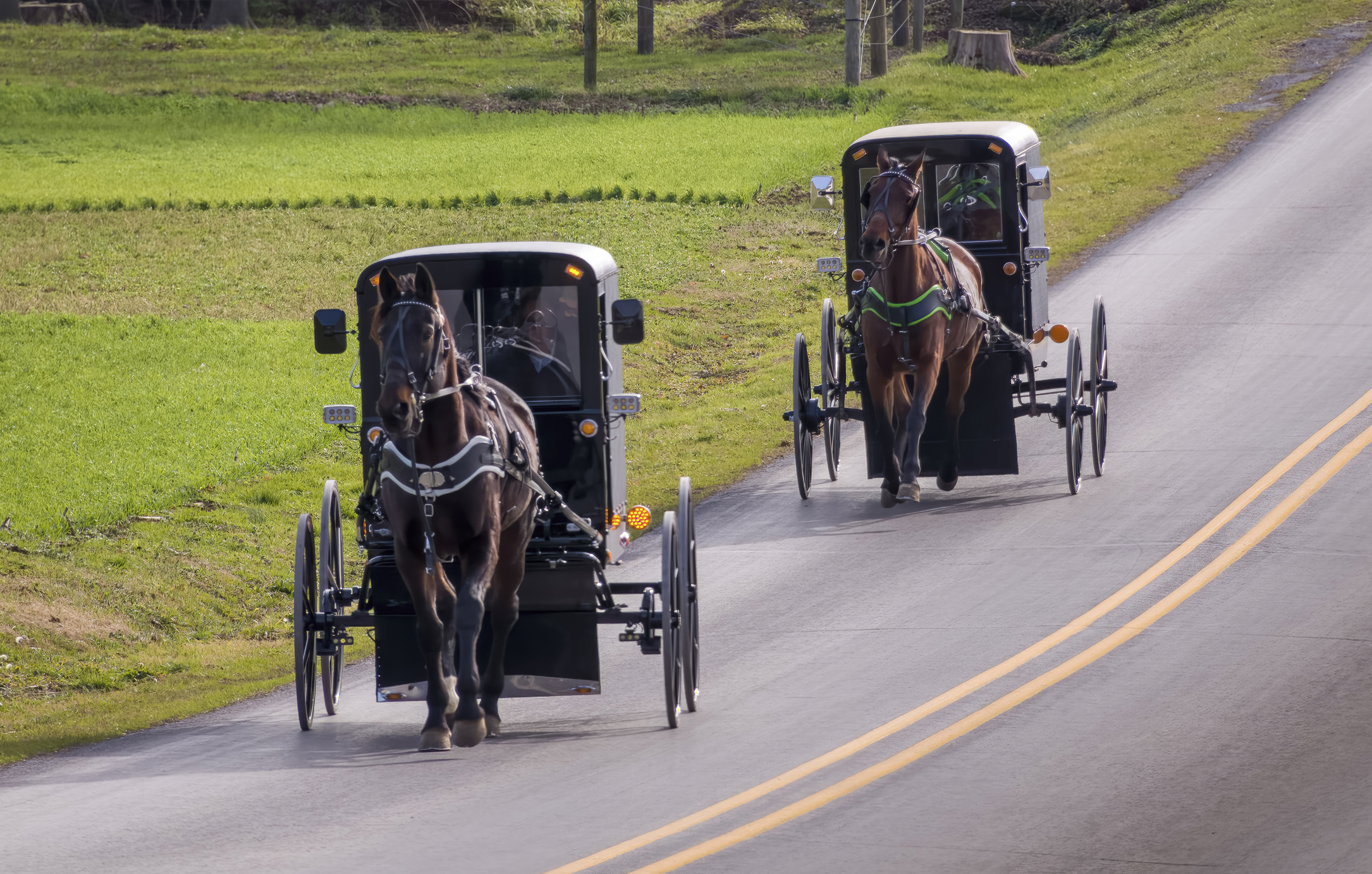Horse-drawn buggies are a familiar sight on New York’s rural roads: they’re a direct link to the state’s Amish and Mennonite heritage. However, a recent spate of incidents has highlighted growing concerns about road safety and the adequacy of insurance coverage for these vehicles and their operators. Unlike motor vehicles, buggies lack structural protection, travel at slower speeds and are less visible in low-light conditions—factors that increase the likelihood and severity of collisions.
Current roadway regulations
New York’s Vehicle and Traffic Law Article 34B outlines specific regulations for horse-drawn buggies. Section 1261 grants buggy operators the same rights as motorists, while Section 1262 permits their use on public roads. However, Section 1264 restricts their operation to daylight hours, prohibiting travel from 30 minutes after sunset to 30 minutes before sunrise. Unlike motor vehicles, buggies are not subject to licensing, insurance, age requirements or seatbelt laws.
Insurance gaps
Insurance coverage for horse-drawn buggies presents significant challenges, as they fall outside traditional insurance categories. Without state-mandated coverage, many operators lack liability insurance, leaving them financially exposed if deemed responsible for an accident.
Fortunately, New York requires motorists to carry Supplemental Uninsured/Underinsured Motorist coverage. This ensures that motorists involved in accidents with uninsured operators, including horse-drawn buggies, are still indemnified. Supplemental UM provides compensation when an at-fault operator lacks liability insurance or flees the scene, while Supplemental UIM bridges the gap when the at-fault operator’s coverage is insufficient.
For horse-drawn buggy operators, carriage liability insurance can cover bodily injury or property damage to others in an accident. However, this coverage does not extend to the operator’s own property. Commercial operators, such as New York City coachmen, are more likely to obtain such coverage through the excess and surplus market, though admitted market options remain limited.
Proposed safety legislation
To address rising accidents, Assemblymember Carrie Woerner, D-113, introduced A.8419, which would amend Section 1264 of the Vehicle and Traffic Law. This legislation proposes requiring horse-drawn buggies to be equipped with headlights, taillights and reflectors to improve visibility, particularly at night. If enacted, New York would join states like Ohio, Pennsylvania, Indiana and Wisconsin in mandating these safety features.
Conclusion
While the legislative focus is on improving safety with enhanced visibility requirements for horse-drawn buggies, motorists should also take proactive steps to protect themselves. Drivers, particularly those living in communities with higher Amish and Mennonite populations, should consider increasing their Supplemental UM/UIM limits. These coverages provide critical financial protection in accidents involving uninsured or underinsured operators, including horse-drawn buggy drivers who may not carry liability insurance.
Insurance agents serving these areas should actively discuss higher Supplemental UM/UIM limits with their customers. By emphasizing the importance of robust coverage, agents can help ensure their clients are adequately protected against uninsured motorists, demonstrating a commitment to safety and financial preparedness.

Theophilus Alexander
Theophilus W. Alexander has served in both houses of the New York State Legislature. He worked as a legislative analyst for Hon. New York State Sen. Samra G. Brouk, D-55, and he served at the New York State Assembly, as a policy analyst with New York Assembly Program & Counsel. Theo received his Bachelor of Arts degree in Politics from Ithaca College in Ithaca, N.Y.





